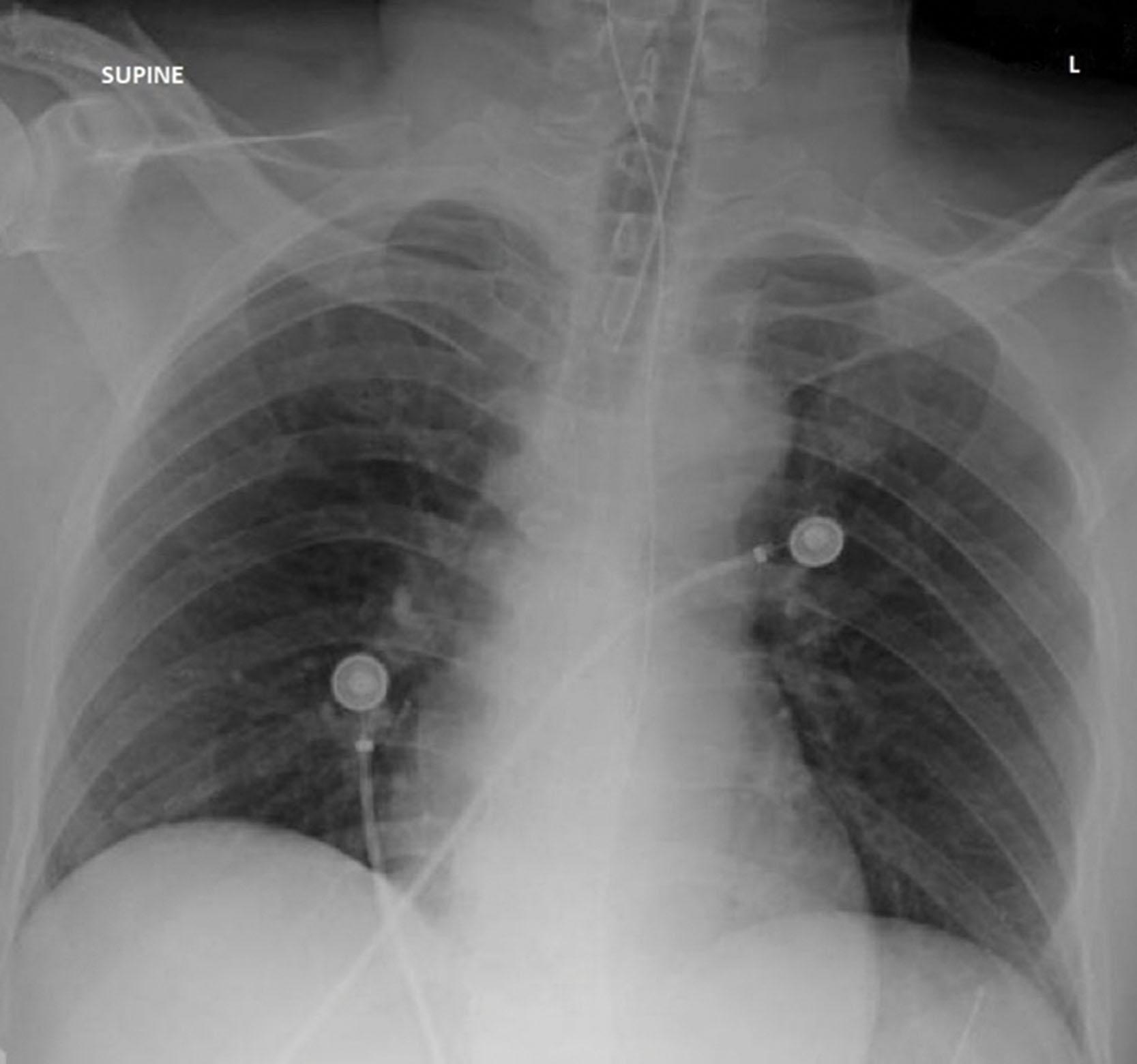Physical Address
304 North Cardinal St.
Dorchester Center, MA 02124
A rapid response code was activated for a patient who developed severe dyspnea at rest. On arrival of the condition team, it was found that the patient was a 30-year-old female with a history of asthma who was admitted two days ago for acute cholecystitis. She had undergone laparoscopic cholecystectomy a few hours prior and was successfully extubated without incident. She developed acute severe dyspnea 15 min before the condition was called.
Temperature: 99.8 °F, axillary
Blood Pressure: 130/90 mmHg
Heart Rate: 120 beats per min (bpm)
Respiratory Rate: 40 breaths per min
Oxygen Saturation: 85% on room air, 95% on 6 L/min O 2 via nasal cannula
A quick exam showed a young female sitting up in bed in severe respiratory distress. She appeared visibly dyspneic, using accessory muscles of respiration. The patient was alert and oriented. However, she was unable to speak in complete sentences. On auscultation, significant wheezing was present in bilateral lung fields. No crackles were heard. Her cardiac exam showed tachycardia with normal heart sounds. The rest of her physical exam was unremarkable.
A cardiac monitor and defibrillator pads were attached. Due to the patient’s new-onset hypoxia and significant work of breathing, emergent intubation was done at the bedside. Once the airway was secured, the patient was given a stat dose of 125 mg intravenous (IV) methylprednisolone and 2 g IV magnesium sulfate. She was also started on albuterol nebulization. A post-intubation chest X-ray (CXR) was obtained, which showed clear lungs, and no acute infiltrates ( Fig. 18.1 ). Arterial blood gas was obtained and showed pH 7.23, pCO 2 35, pO 2 110, % sat 98% on 100% FiO 2 . The patient was transferred to the intensive care unit (ICU) for further care.

Become a Clinical Tree membership for Full access and enjoy Unlimited articles
If you are a member. Log in here